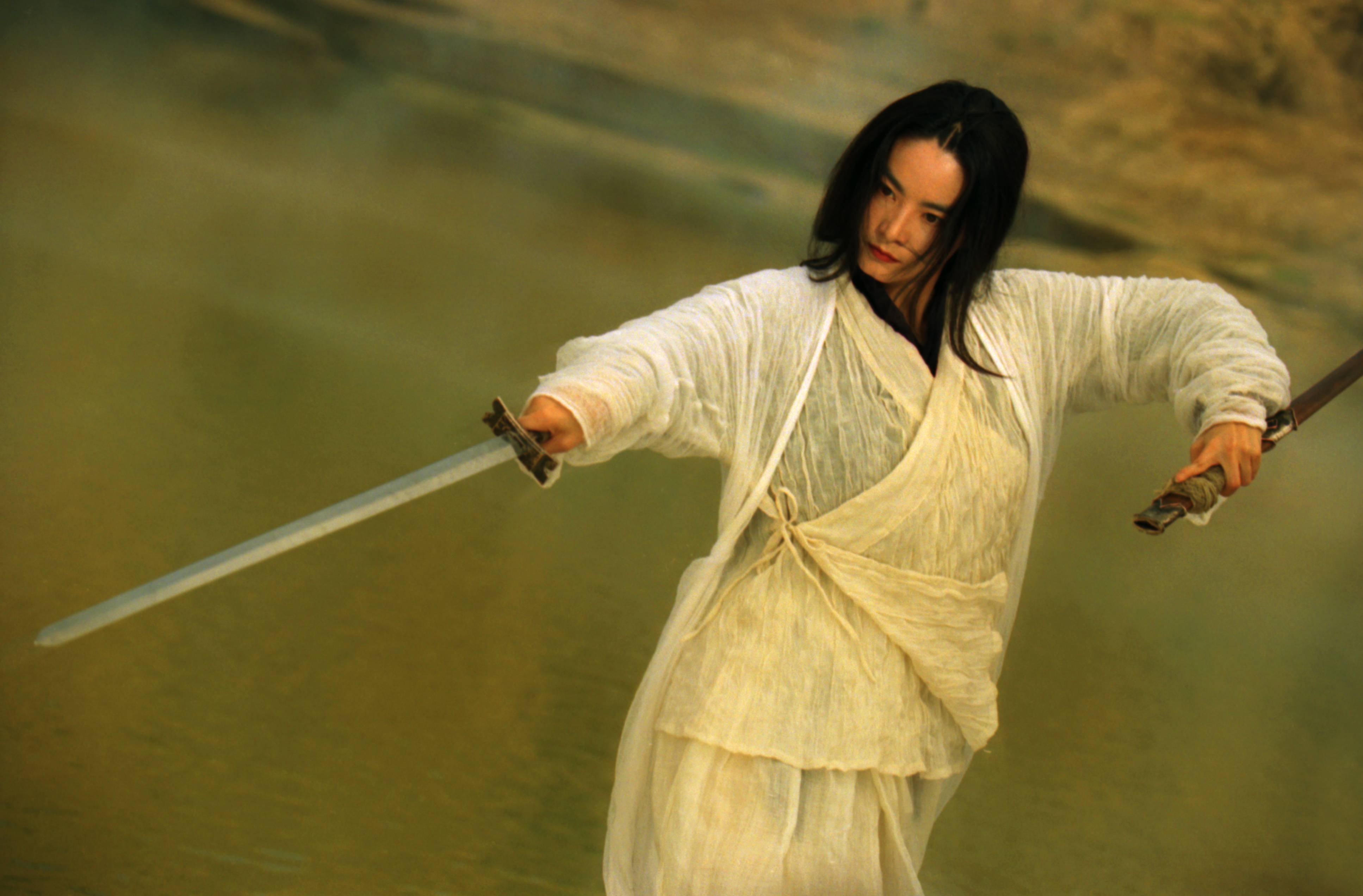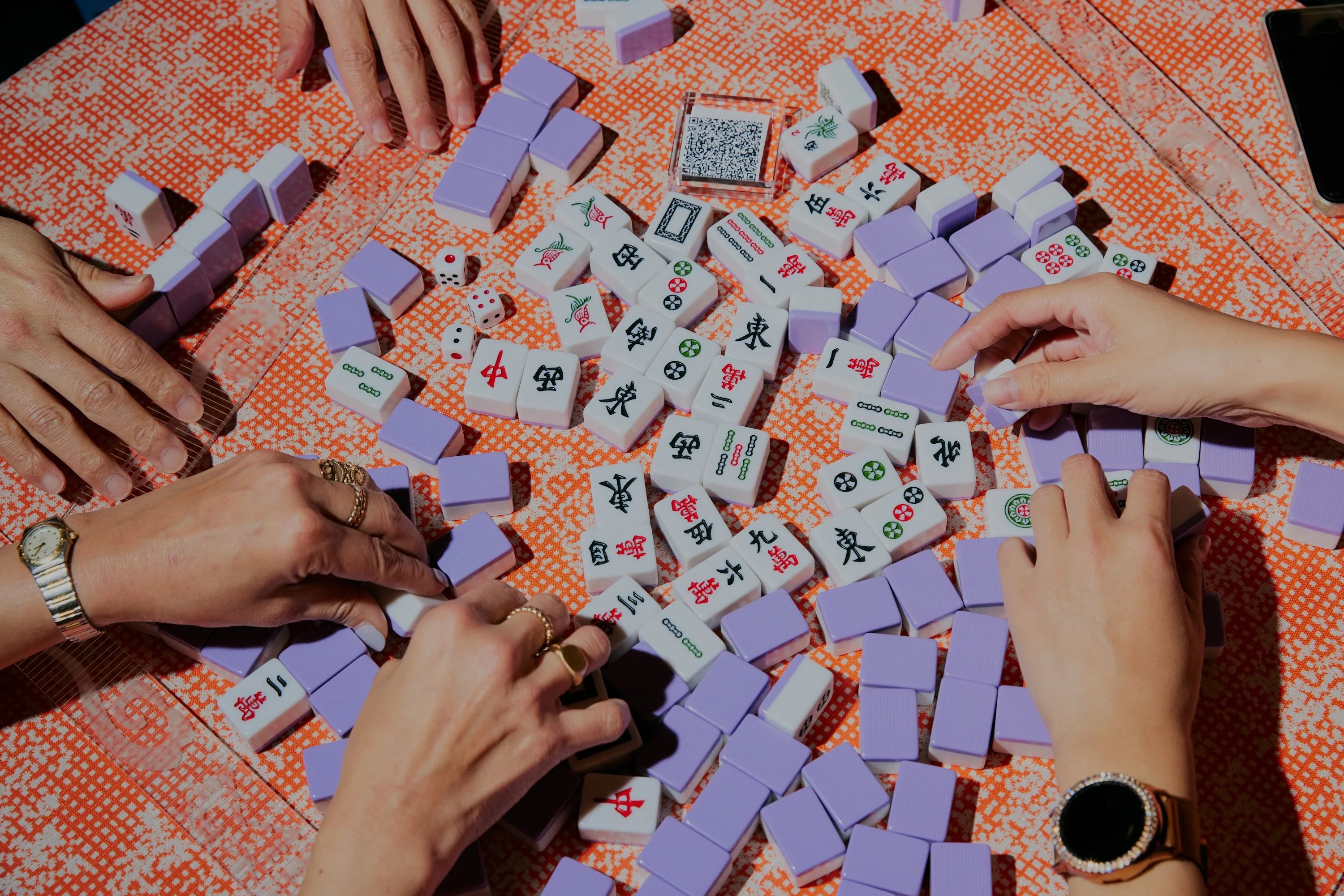Today is the Mid-Autumn Festival, a time for enjoying the harvest, looking at the moon, and eating mooncakes. For those unfamiliar, mooncakes are high-calorie pastries traditionally packed with red bean or lotus seed paste, or occasionally the yolk of duck eggs. More modern varieties include chocolate, coconut, and really just about anything you can imagine as long as it contains a gazillion calories. Seriously. Look it up. The average mooncake is the calorie equivalent of eating a cheeseburger topped with bacon, lettuce, tomato, and a hot fudge sundae.
They are ubiquitous as gifts during the Mid-Autumn Festival. Every store, from Beijing laozi hao (time-honored brand) like Daoxiangcun to 7-11, has them on sale. Like fruit cakes in other parts of the world, they are the gift that keeps on giving, able to be recycled for years after because a) they are usually made with some apparently-non-toxic-but-I’m-still not-convinced preservatives and b) few people actually eat them. It’s all about the re-gifting. Besides, I’ve always figured that in the event of a global climate catastrophe, zombie apocalypse, or nuclear war, our growing stash of unwanted mooncake gifts can provide a non-perishable supply of calories while I and the other survivors figure out how to rebuild civilization.
But there is reason to beware gifts of mooncakes.
Related:
 What’s in a Mooncake?Article Oct 04, 2017
What’s in a Mooncake?Article Oct 04, 2017
A popular legend has it that Mongolian rule in China, which lasted from approximately 1279 to 1368, ended when clever Chinese rebels (usual suspects include the founding emperor of the Ming Dynasty Zhu Yuanzhang, his chief advisor Liu Bowen, or another rebel leader named Liu Futong) used mooncakes to inspire their Chinese compatriots to rise up against their Mongolian overlords. There are as many versions of the story as there are flavors of mooncakes, but the basic premise is more or less the same.
The Mongolians, in the legend and a little bit IRL, were harsh rulers prone to overreaction and the occasional act of epic cruelty to keep their conquered Chinese subjects in line. In big cities, life was closely monitored. People were not allowed to gather in large groups. Informants reported on private conversations, and the slightest hint of sedition was grounds for execution. The Mongolians were so paranoid, the legend goes, that they forbade the Chinese from owning any weapons and only permitted a single kitchen blade for every ten — some versions say every three — families. Can you imagine what kind of overstimulated insecure rulers would go to such lengths to… oh wait, never mind.
Such an environment made plotting rebellion a bit tricky, but the Chinese had a secret weapon: the mooncake. Again, stories vary. Some versions suggest that the Mongolians couldn’t read Chinese, which was valid for many Mongolians but in a hyper-paranoid society full of spies and surveillance you have to think that there were at least a few translators working for the Khan. The other version, slightly more plausible, is that the Mongolians just didn’t like mooncakes. Of the many libels associated with the Mongolians (the whole Genghis Khan lamenting the human body could only be defiled by so many orifices, etc.), it’s hard to blame them for not enjoying the pastry equivalent of eating a hockey puck.
Whatever the reason behind the Mongolians’ lack of moon cake love, the Chinese ate mooncakes, the Mongolians didn’t, and the Mid-Autumn Festival was coming up. The rebels got ahold of apparently the only mooncake factory in the whole of China and slipped messages into every cake telling folks to rise up at midnight on the evening of the festival when the Mongolians, who didn’t eat mooncakes but did like to get drunk and howl at the moon, would be off their guard.
Short-form/Spoiler version: People got the messages, revolted against the Mongolians, and in 1368 the rebel leader Zhu Yuanzhang established a new Chinese dynasty called the Ming. Hooray for Mooncakes. Mooncakes for everyone. #MingMooncakesMashMongoliansMillionsMakeMerry
While somebody blogging the story of the Mooncake rebellion is an autumn ritual as regular as the New England Patriots signing the shadiest ex-member of your favorite football team, it shouldn’t come as a massive shock that the whole story is a myth, a mash-up of earlier folktales and latter-day ethno-nationalist anxieties. While the exact origins are hard to pin down, the story of the Mooncake rebellion enjoyed a great deal of popularity in the late 19th century just as Chinese resentment over another set of Inner Asian rulers, in this case the Manchus of the Qing Empire, gave rise to more than a bit of Ming nostalgia. #DestroytheQingRestoretheMing
Related:
 RADII Mix: Mid-Autumn Jams to Break the Summer HeatFor Mid-Autumn Festival, a wide and deep sampling of what we’ve been listening to for the past few monthsArticle Sep 13, 2019
RADII Mix: Mid-Autumn Jams to Break the Summer HeatFor Mid-Autumn Festival, a wide and deep sampling of what we’ve been listening to for the past few monthsArticle Sep 13, 2019
While many of the key figures, including Liu Bowen and Liu Futong, did play a role in the transition from Mongol to Ming rule in the 14th century, the process was a bit more complicated than pastries. The last half-century of Mongolian rule in China was a time of chaos and rebellion as Mongol authority fractured and court intrigue and bloody tanistry (to borrow a phrase from the great historian Joseph Fletcher) weakened what was left of the center. The widening gyre of war and insurrection overwhelmed the Mongolian Yuan Dynasty and led to the rise of the Ming.
But sure, blame the mooncakes, because that’s more fun. Besides, that’s what I’m going to do when I wake up on Monday five kilos heavier.
Further Reading:















